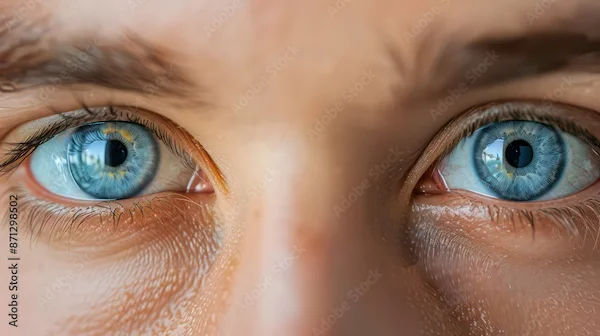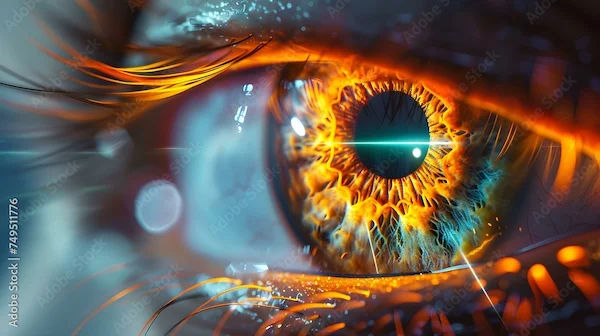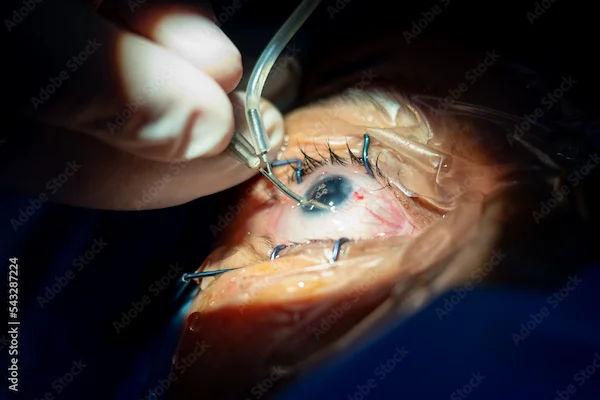How To Correct Near Vision After Cataract Surgery?
Struggling with blurry near vision after cataract surgery? Learn effective ways to correct it—glasses, multifocal lenses, LASIK, and more—plus expert tips for clearer sight.

Written by Dr.Sonia Bhatt
Last updated on 15th Jul, 2025
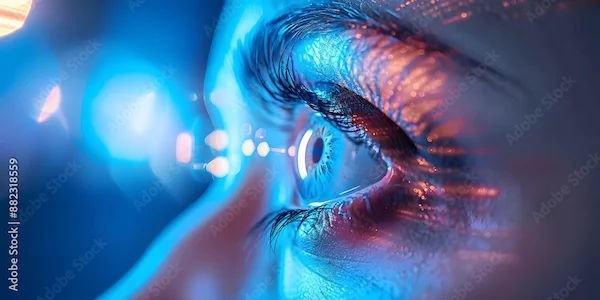
Introduction
Cataract surgery is a common and highly successful procedure that helps restore clear vision by replacing the cloudy natural lens of the eye with an artificial intraocular lens (IOL). While the surgery significantly improves distance vision, many patients experience difficulty with near vision, like reading, using a phone, or doing close-up work, afterward. If you're facing this challenge, don’t worry—there are several ways to correct near vision after cataract surgery.
Why Does Near Vision Become Blurry After Cataract Surgery?
During cataract surgery, the natural lens is replaced with an artificial one. Traditional monofocal IOLs are designed to provide clear vision at a single distance, usually for far vision. This means that while your distance vision improves, you may still need glasses for reading or other close-up tasks.
However, advancements in IOL technology now offer multifocal, trifocal, and extended depth-of-focus lenses that can reduce dependence on glasses for both near and distance vision. If you didn’t opt for one of these lenses, or if your eyes are still adjusting, you may need additional solutions.
Consult Top Specialists for Personalised Health Advice
Ways to Improve Near Vision After Cataract Surgery
Fortunately, several solutions can help restore your near vision comfort and clarity.
1. Reading Glasses
The simplest and most common solution is to use reading glasses. These glasses magnify close-up objects, making it easier to read or perform detailed tasks. They are affordable and widely available.
2. Bifocal or Progressive Glasses
If you also need help with intermediate (computer) or distance vision, bifocal or progressive glasses can be a good option. These lenses have different zones for near, intermediate, and distance vision, eliminating the need to switch between multiple pairs.
3. Monovision Correction
Some patients opt for monovision, where one eye is corrected for distance vision and the other for near vision. This can be achieved with:
Monovision IOLs, implanting different lenses in each eye.
Contact lenses, if you still have some natural lens flexibility.
Your brain adapts over time, blending the images from both eyes to provide clear vision at all distances.
4. Multifocal or Trifocal IOLs
If you haven’t had surgery yet or are considering lens exchange, multifocal or trifocal IOLs can provide clear vision at multiple distances. These lenses reduce dependency on glasses, though some patients may see halos around lights at night.
5. Laser Vision Correction (LASIK/PRK)
For patients who still experience blurry near vision after cataract surgery, laser correction can fine-tune the cornea’s shape to improve focus. This is a secondary option if other methods don’t work well enough.
6. Adjusting Lighting and Screen Settings
Sometimes, small changes can help:
Use brighter lighting for reading.
Increase font size on digital devices.
Hold reading material slightly farther away.
Tips for Better Vision After Cataract Surgery
A few practical steps can support your recovery and long-term vision health.
Follow Post-Surgery Care – Use prescribed eye drops and avoid straining your eyes.
Give Your Eyes Time to Adjust – It may take a few weeks for your vision to stabilise.
Regular Eye Check-ups – Visit your eye doctor to monitor healing and discuss vision concerns.
Stay Hydrated and Eat Eye-Healthy Foods – Nutrients like omega-3s, vitamins C and E, and zinc support eye health.
When to See a Doctor?
If your near vision remains blurry even after trying glasses, or if you experience:
Severe eye pain
Sudden vision loss
Flashes of light or floaters
Consult your eye specialist immediately.
If you're struggling with near vision after cataract surgery, Apollo 24|7 can connect you with experienced ophthalmologists who can recommend the best solution for your needs. Schedule a consultation today to explore your options!
Final Thoughts
While adjusting to near vision changes after cataract surgery can be frustrating, there are multiple ways to improve clarity. Whether through glasses, advanced IOLs, or minor lifestyle tweaks, clearer near vision is within reach. Don’t hesitate to seek professional advice for personalised care.
Would you like to book an appointment with an eye specialist? Visit Apollo 24|7 now!
Consult Top Eye Specialists
Consult Top Specialists for Personalised Health Advice

Dr. Rajeev Gupta
Ophthalmologist
24 Years • MBBS, MS (Ophthalmology)
Ghaziabad
Om Eye & Gynae Centre, Ghaziabad
Dr. S Venkateswaran
Ophthalmologist
35 Years • MBBS, PGD (OPTHALMOLOGY)
Tiruvannamalai
Shiva Eye And General Hospital, Tiruvannamalai

Dr. Jyoti Dhaka
Ophthalmologist
9 Years • MBBS, Dip in (OPHTHALMOLOGY),DNB (OPHTHALMOLOGY)
Jhujhunu
Dr.Jyoti Dhaka Eye Clinic, Jhujhunu
(25+ Patients)

Dr. Umang Thakkar
Ophthalmologist
2 Years • MBBS,MS OPHTHALMOLOGY
Rajkot
Shree Ramkrishna Eye Hospital, Rajkot
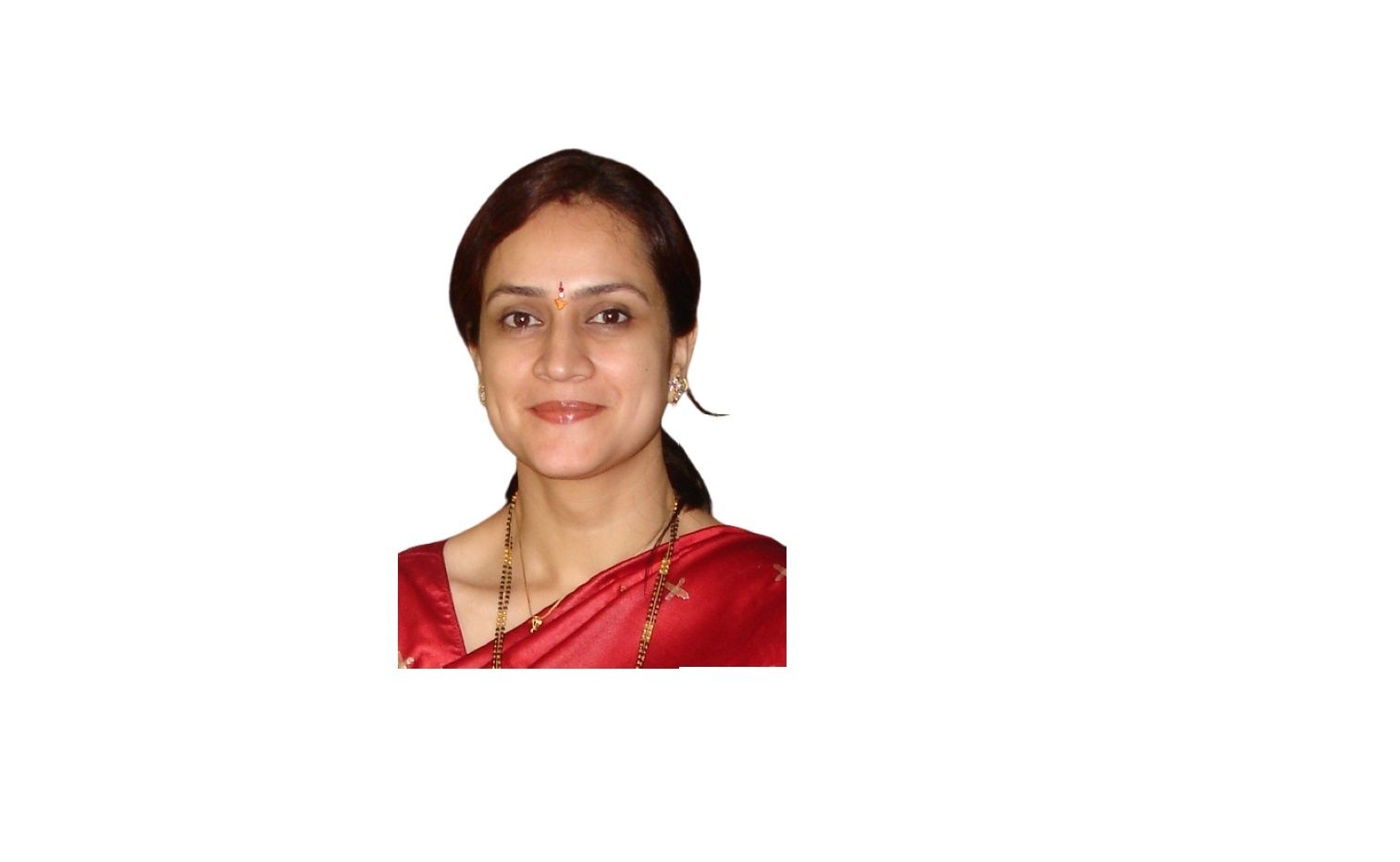
Dr. Apoorva Mittal
Ophthalmologist
20 Years • MBBS, Diploma in Ophthalmology
Jalandhar
Thind Eye Hospital, Jalandhar
Consult Top Eye Specialists

Dr. Rajeev Gupta
Ophthalmologist
24 Years • MBBS, MS (Ophthalmology)
Ghaziabad
Om Eye & Gynae Centre, Ghaziabad
Dr. S Venkateswaran
Ophthalmologist
35 Years • MBBS, PGD (OPTHALMOLOGY)
Tiruvannamalai
Shiva Eye And General Hospital, Tiruvannamalai

Dr. Jyoti Dhaka
Ophthalmologist
9 Years • MBBS, Dip in (OPHTHALMOLOGY),DNB (OPHTHALMOLOGY)
Jhujhunu
Dr.Jyoti Dhaka Eye Clinic, Jhujhunu
(25+ Patients)

Dr. Umang Thakkar
Ophthalmologist
2 Years • MBBS,MS OPHTHALMOLOGY
Rajkot
Shree Ramkrishna Eye Hospital, Rajkot

Dr. Apoorva Mittal
Ophthalmologist
20 Years • MBBS, Diploma in Ophthalmology
Jalandhar
Thind Eye Hospital, Jalandhar
